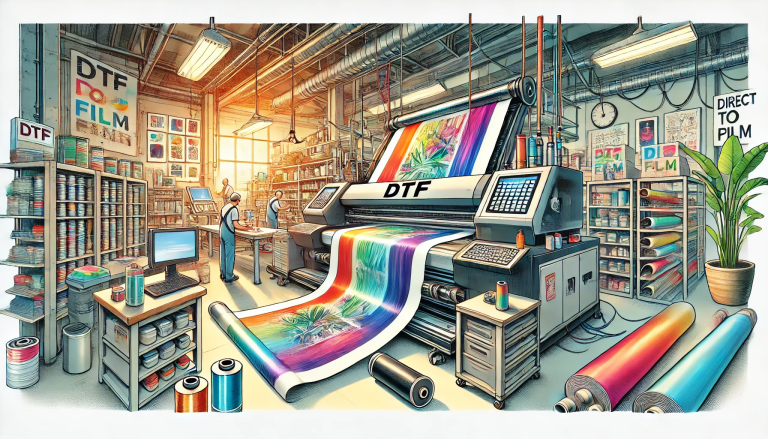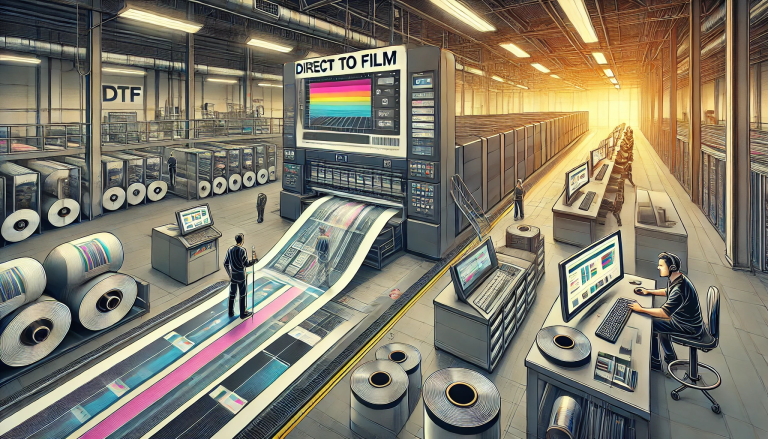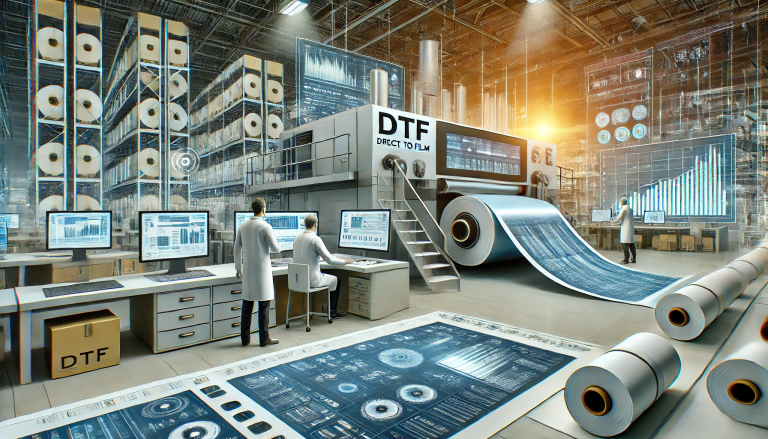“Exploring the Versatility of DTF Printing: What Can It Print On?” -MAXDTF- DTF Film A2 Factory, DTF Warm peel Supplier, Made in China
I. Introduction
In the world of printing technology, Direct to Film (DTF) printing has emerged as a game-changer due to its exceptional versatility, quality, and efficiency. Unlike traditional printing methods that are often limited by the materials they can print on, DTF technology can effectively print on a wide range of substrates. This essay explores the diverse array of materials that DTF can print on and the unique benefits it offers in each application.
II. DTF Printing on Textiles
One of the most common applications of DTF printing is textiles. This technique can successfully print on a wide variety of fabrics such as cotton, polyester, silk, denim, and more. It is particularly popular in the apparel industry for creating customized t-shirts, jackets, hats, and other clothing items.
DTF printing on textiles results in vibrant, durable designs that can withstand multiple washes without fading or cracking. Its ability to print highly detailed, multicolored designs in one pass makes it a cost-effective and efficient solution for both small and large-scale textile printing.
III. DTF Printing on Hard Surfaces
DTF printing is not limited to textiles; it also excels at printing on hard surfaces. Materials such as wood, metal, ceramics, and certain types of plastics can all be adorned with DTF prints.
This opens up possibilities for a broad spectrum of applications, from customizing personal items like phone cases and jewelry to commercial applications like signage, promotional products, and even interior decoration. DTF prints on hard surfaces retain their color and detail remarkably well, making them an excellent choice for both aesthetic and functional purposes.
IV. DTF Printing on Mixed Media
Another significant advantage of DTF printing is its ability to print on mixed media, such as fabric-paper combinations or surfaces with varying textures. This capability enables unique creative expressions in the world of art and design, where mixed media projects are popular.
Moreover, DTF technology can also handle printing on uneven surfaces, which is often a challenge for other printing methods. This makes it a versatile tool for creative professionals who want to push the boundaries of conventional printing.
V. Conclusion
In conclusion, the scope of what DTF printing can print on is vast, extending from textiles to hard surfaces, and even to mixed media and uneven surfaces. This versatility, coupled with its ability to produce high-quality, durable prints, makes DTF printing a powerful technology in diverse industries, from apparel and personal accessories to interior design and art.
As DTF printing technology continues to advance, it’s likely to further expand its capabilities, potentially printing on even more diverse materials and surfaces in the future, continuing to shape and redefine the possibilities in the world of printing.
VI. Summary
DTF printing has proven to be a versatile technology capable of printing on a wide range of materials including textiles, hard surfaces, mixed media, and uneven surfaces. Its flexibility and ability to produce high-quality, durable prints make it a popular choice in various industries, from clothing and personal accessories to interior decor and artwork. With advancements in DTF technology, it’s expected to continue expanding its capabilities, further broadening the possibilities in the printing industry.





